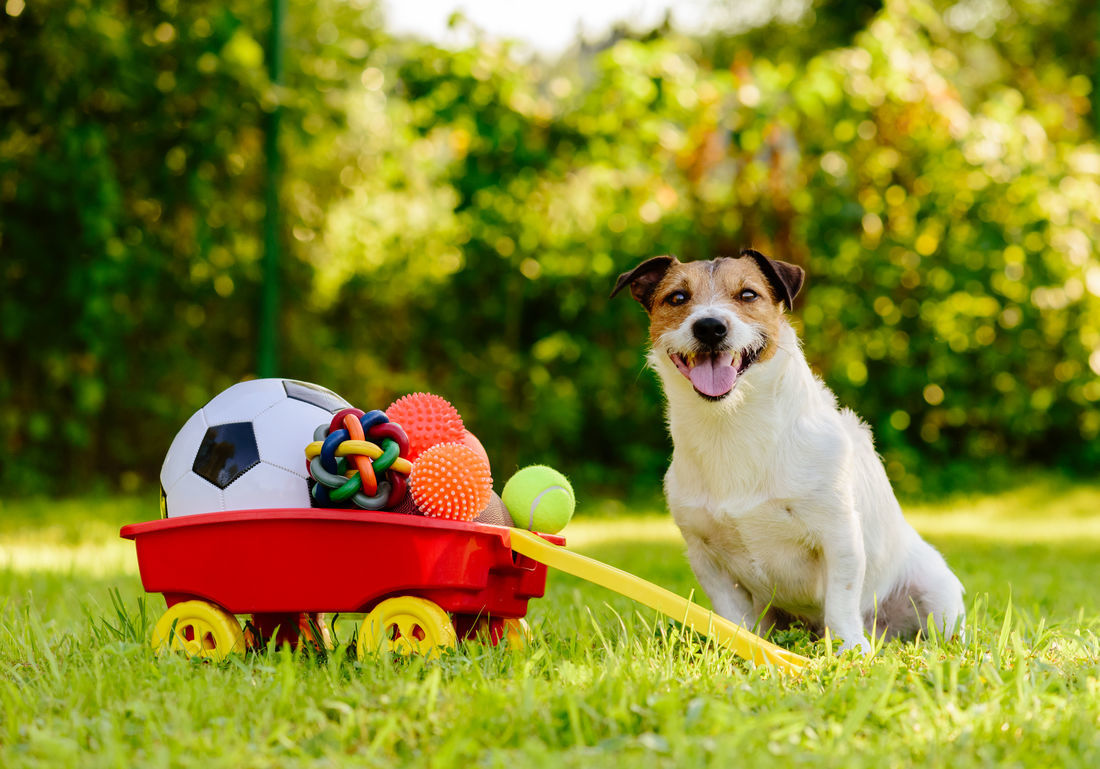Since early March 2020, the world as we knew it has been turned upside down as a new pandemic known as COVID-19 came to the surface. Whilst some have managed to remain in the work force, for the vast majority, people have been stood down, business owners have had to temporarily put their businesses on hold, people have lost their jobs and life as we know it has come to a screeching halt.
Dogs right now could not be happier as we are now home a lot or all the time and to make it even more appealing, because we are so bored and need to get out of the house, the dogs are being walked more than ever before! Whilst we are going crazy waiting for the lock down to be over, dogs are relishing at this extra special time they get with us. But does it come at a cost? And are we setting them up to then go into a crisis when life goes back to normal?
In a nutshell, this is something many behavioural trainers are deeply concerned about because over the next few months, many dogs will get quite used to having their family around all the time with no preparation for what is coming once restrictions are lifted.
The main concern at the moment is the younger dogs, the pups who are still developing resilience and independence in that they begin to think that their family is always going to be at home and that this is their regular life. Then we have the already anxious dogs, those that already suffer from separation anxiety in particular, whose handlers have been desperately trying so hard to get that balance right only to now have it tipped on its head. And we also have the dilemma of all the dogs that have recently been adopted into this life of awesomeness where owners are with them 24/7 and boy are they in for a shock when life returns to normal.
No matter what dog you have at home, whether it is a new pup, a newly adopted dog, an older established dog or an already anxious dog, we need to ensure either our routines continue as close to the norm as per usual or we make some changes at home to prepare these dogs from the sudden change that will hit them when routines go back to normal. For many dogs it will literally be a cold turkey scenario and we all know dogs do not cope well with sudden changes.
What signs should we be looking for?
The most common signs of separation anxiety are pacing, shadowing, wanting to be in every room with you all the time, inability to remain settled on a mat when you get up to leave the room to go to the bathroom or kitchen, refusing to eat unless you are home, howling, barking or crying for periods longer than 10 minutes whether you are home or not, crying for over 10 minutes behind a baby gate, hyperactivity and wanting to play all the time, constantly jumping on you. We also see destructive behaviour, chewing on absolutely anything within reach and breaking things in both the house and in the yard including the kennel. Some of the more covert signs can be bed wetting where you find wet puddles on top of your own bed and this is not out of spite but instead a sign your dog does not want to leave your side, your scent or a space where you are for long periods. It comforts the dog and leaving that space is hard, so they sometimes end up toileting in the same space.
These can call be red flags for separation anxiety and we need to remember this disorder can be present both in your presence and in your absence. Attention seeking IS separation anxiety, it is all related and comes back to your dog feeling insecure.
So what can we do to prepare our dogs?
Tip 1. The first thing we need to do it try to continue with the same or similar routine at home. We need to ensure that we don’t go from being absent eight hours a day to suddenly being on the couch watching Netflix with our furry friend cuddled up beside us. We need to avoid just hanging out in the yard all day playing ball with the dog. Leave the house from time to time for a few hours so your dog can be left home alone, mimicking the work routine. Do your groceries and turn it into your ‘work’ routine.
Tip 2. If you are trying to exercise daily, multiple times of the day, leave the dog at home sometimes so it does not become dependent on going out with you every single time it sees a pair of runners slide on. When you do leave it at home, this is when your environmental enrichment should bump up a notch. Scatter treats in the yard, fill up the Kong, pair up you leaving with a meal arriving! Ensure the family goes on a walk together too, leaving the dog at home so it learns you can all be out at the same time without it.
Tip 3. If you are trying to work from home as many of us are and your dog comes over for some attention, try to avoid putting your work meeting on hold while you pat your dog! You need to pretend you are not there or do your work in another room so again your dog does not become dependent on you being there to cuddle it each time it nudges you. If it pesters you for attention, instead of giving in, wait momentarily and then give it an instruction to go to its mat. We need to be careful that the dog does not learn to come over, nudge you and then walk back to its mat so it gets a pat! Notice I did not suggest to pat it or treat it for going on the mat? The attention was given when you spoke to it to go to its mat.
Tip 4. Now is the time to dust that crate down and get it back into your home so you can have the dog inside while this dreadful weather kicks in. We need to be able to contain the dog so it remains settled while you go about your home duties, especially the younger ones who are not yet so good at staying on their mats. There are lots of great online resources on how to crate train or you can ask us for some input, either way its highly recommend getting a crate so your dog can be inside without creating chaos.
Tip 5. Get those spy cameras fired up so when you are heading out and leaving your dog at home, you can watch on your phone if your dog is coping. In fact I would be doing this before you go back to your usual work routine so that if there are some red flags, you can address it while you are still available as there is nothing worse than being at work all day, seeing your dog howling for hours on your phone knowing you can do nothing about it until you get home.
Tip 6. Play some calming music in the home to soothe your dog. This can be done when you are home or even out. There are some fabulous soundtracks for dogs known to have a calming effect on them.
Tip 7. If you are noticing some signs of separation anxiety already, consider looking at some natural products that may alleviate some of it. Whilst it may not resolve moderate to serious separation anxiety, it is certainly worth trialling before considering the next step. There are Products such as Adaptil (comes as a diffuser) and Hemp drops that have had good results. Both products have the ability to help with change, mild anxiety, difficulty coping and more. You can buy these products from us and they do not require prescriptions but if you are concerned about how your dog is coping, it might be worth speaking to a behavioural trainer first.
Tip 8. If your dog is already displaying some serious signs of separation anxiety, then you might need to consider seeing a Behaviourist. If the anxiety is too high, prescription medication may be warranted and can make an enormous difference. For these dogs, training alone will not be enough, improving the enrichment will not be sufficient because these dogs are already way too stressed to consider what you are offering. If you are concerned, again speak to your behavioural trainer.
The behavioural trainer we recommend is Daniel from Victorian Dog training academy 8685 8373


